Jaguar I-Pace Concept: Electric Cat to Slink Onto Roads in 2018

Jaguar has pulled the wraps off its I-Pace Concept SUV ahead of the Los Angeles Auto Show, but this prototype isn’t just a one-off piece of vaporware, never to be seen again.
The automaker’s first electric vehicle is a go, and is expected to hit the road in 2018 to challenge Tesla’s Model X in the fledgling premium electric SUV segment.
Riding atop a homegrown EV platform built to underpin a range of EV models, the I-Pace aims to be the emissions-free brother of the brand’s popular F-Pace. Make that a cousin, as the I-Pace looks nothing like its conventionally styled stablemate. Low, with a short nose, severely slanted rear glass and a cab-forward layout, the I-pace might have some wondering if it fits the “SUV” label.
Well, Jaguar says it does, and the fact that it has a liftgate and a name that doesn’t end in “Type” should (apparently) be all the evidence one needs.
Power and traction are easy to come by, but the I-Pace needs to satisfy another element if it wants to compete: range. Jaguar claims the I-Pace should be good for 220 miles of it, thanks to its 90 kWh lithium-ion battery pack. Like the platform, the vehicle’s battery pack was also designed in-house. The company claims that a full recharge at a public 50 kW DC charging station should take two hours.
Motivating this beast are two electric motors, each driving one axle. The combined output — 400 horsepower and 516 lb-ft of torque — should see the all-wheel-drive vehicle accelerate to 60 miles per hour in four seconds. The low center of gravity provided by the in-floor battery pack coupled with lag-free electric torque should equal a compelling ride, assuming platform and body stiffness is up to snuff. The company claims it has borrowed some suspension components from the F-Pace, so the tossability factor could be high.
Jaguar’s director of design, Ian Callum, claims he wants the I-Pace to ooze British craftsmanship, both mechanical and technological. Once it hits the roads, drivers can expect two touchscreens and a host of creature comforts, including a panoramic sunroof and probably half a herd’s worth of supple hide.
A production version of the I-Pace should appear next year, ahead of its 2018 on-sale date.
[Image: Jaguar Land Rover]

More by Steph Willems
Latest Car Reviews
Read moreLatest Product Reviews
Read moreRecent Comments
- ToolGuy I do like the fuel economy of a 6-cylinder engine. 😉
- Carson D I'd go with the RAV4. It will last forever, and someone will pay you for it if you ever lose your survival instincts.
- THX1136 A less expensive EV would make it more attractive. For the record, I've never purchased a brand new vehicle as I have never been able to afford anything but used. I think the same would apply to an EV. I also tend to keep a vehicle way longer than most folks do - 10+ years. If there was a more affordable one right now then other things come to bear. There are currently no chargers in my immediate area (town of 16K). I don't know if I can afford to install the necessary electrical service to put one in my car port right now either. Other than all that, I would want to buy what I like from a cosmetic standpoint. That would be a Charger EV which, right now, doesn't exist and I couldn't afford anyway. I would not buy an EV just to be buying an EV. Nothing against them either. Most of my constraints are purely financial being 71 with a disabled wife and on a fixed income.
- ToolGuy Two more thoughts, ok three:a) Will this affordable EV have expressive C/D pillars, detailing on the rocker panels and many many things happening around the headlamps? Asking for a friend.b) Will this affordable EV have interior soft touch plastics and materials lifted directly from a European luxury sedan? Because if it does not, the automotive journalists are going to mention it and that will definitely spoil my purchase decision.c) Whatever the nominal range is, I need it to be 2 miles more, otherwise no deal. (+2 rule is iterative)
- Zerofoo No.My wife has worked from home for a decade and I have worked from home post-covid. My commute is a drive back and forth to the airport a few times a year. My every-day predictable commute has gone away and so has my need for a charge at home commuter car.During my most recent trip I rented a PHEV. Avis didn't bother to charge it, and my newly renovated hotel does not have chargers on the property. I'm not sure why rental fleet buyers buy plug-in vehicles.Charging infrastructure is a chicken and egg problem that will not be solved any time soon.










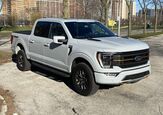





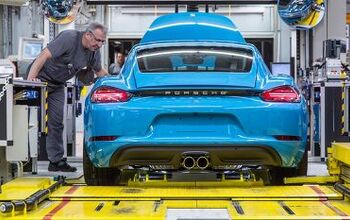
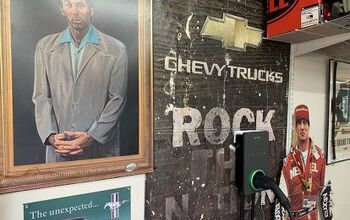
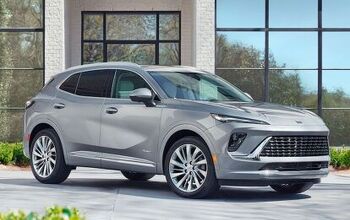
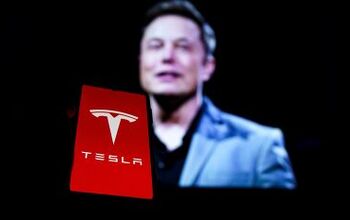
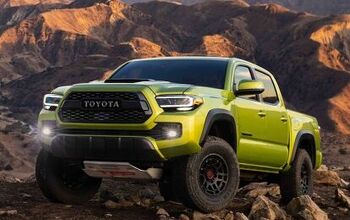

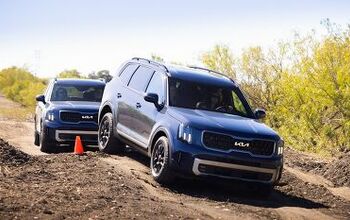
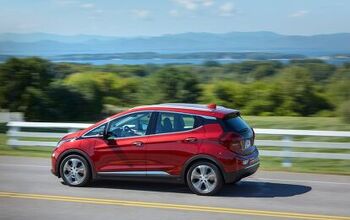
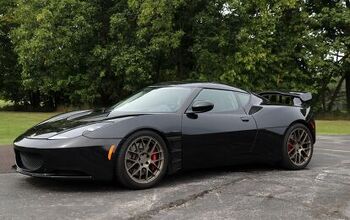

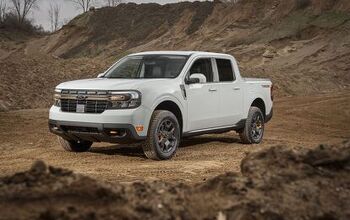
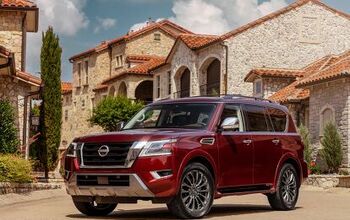


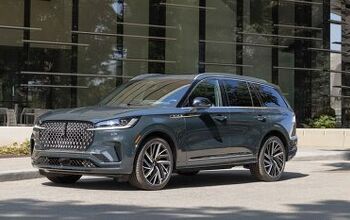
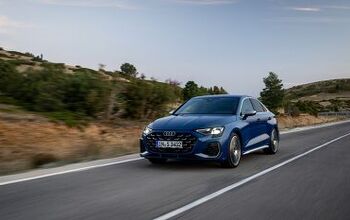
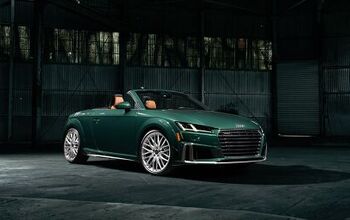
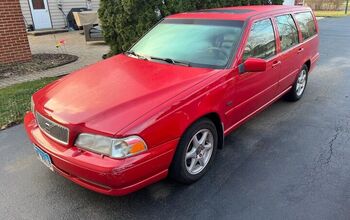
Comments
Join the conversation
@Jagboi what models/years of Jaguar are a good buy?
So would you roll the dice on a 2013 XF AWD with 52,000 km for $32,995 CDN rather than a 2017 Camry XLE for the same price?